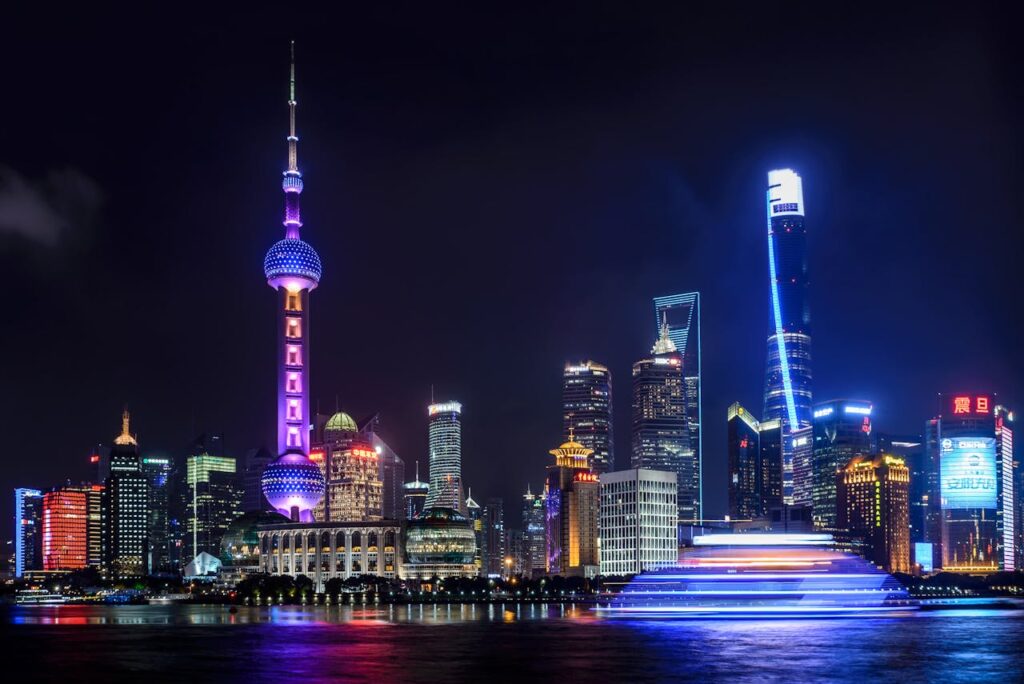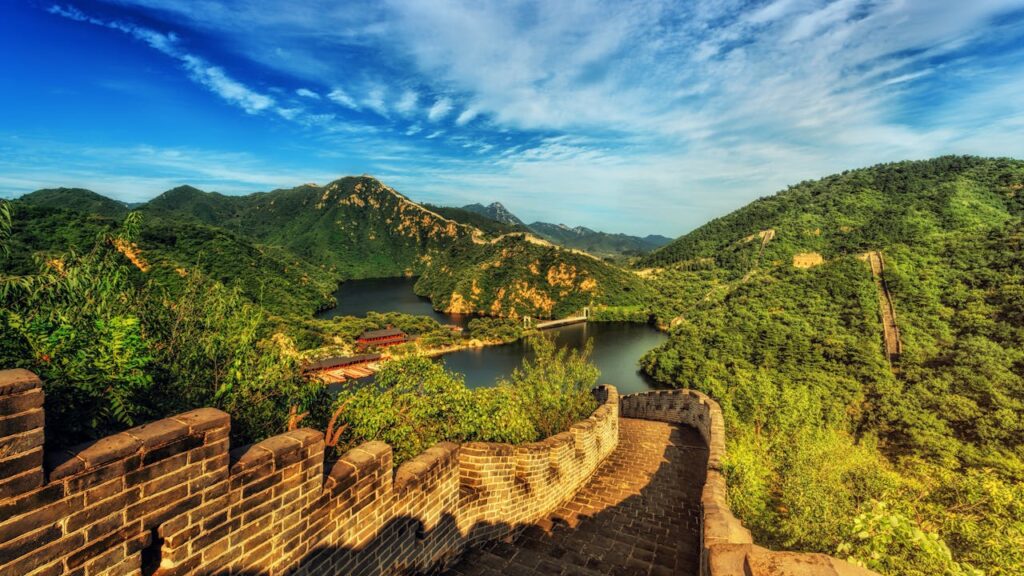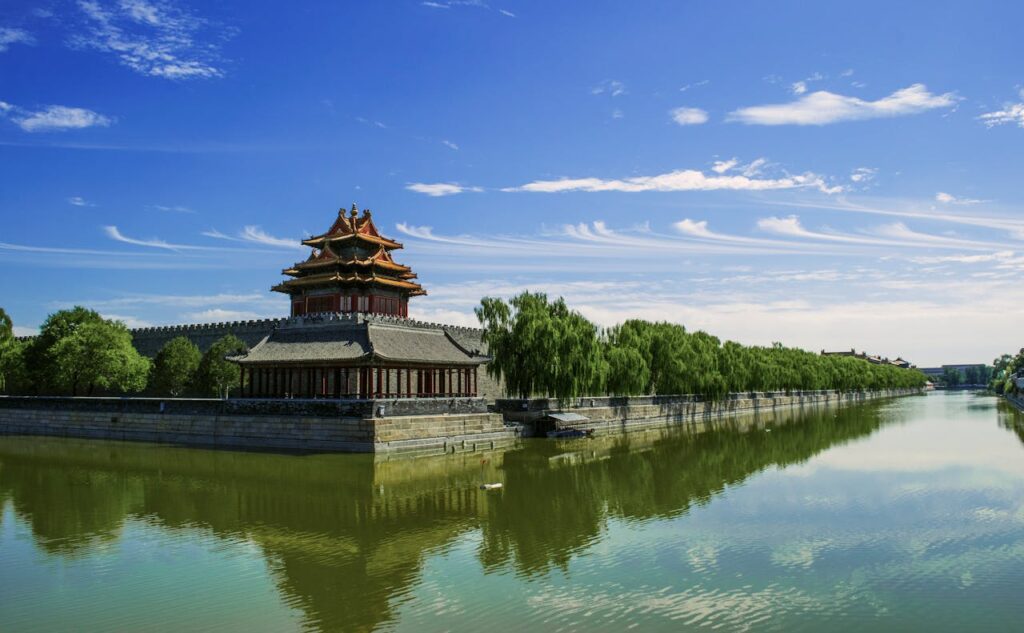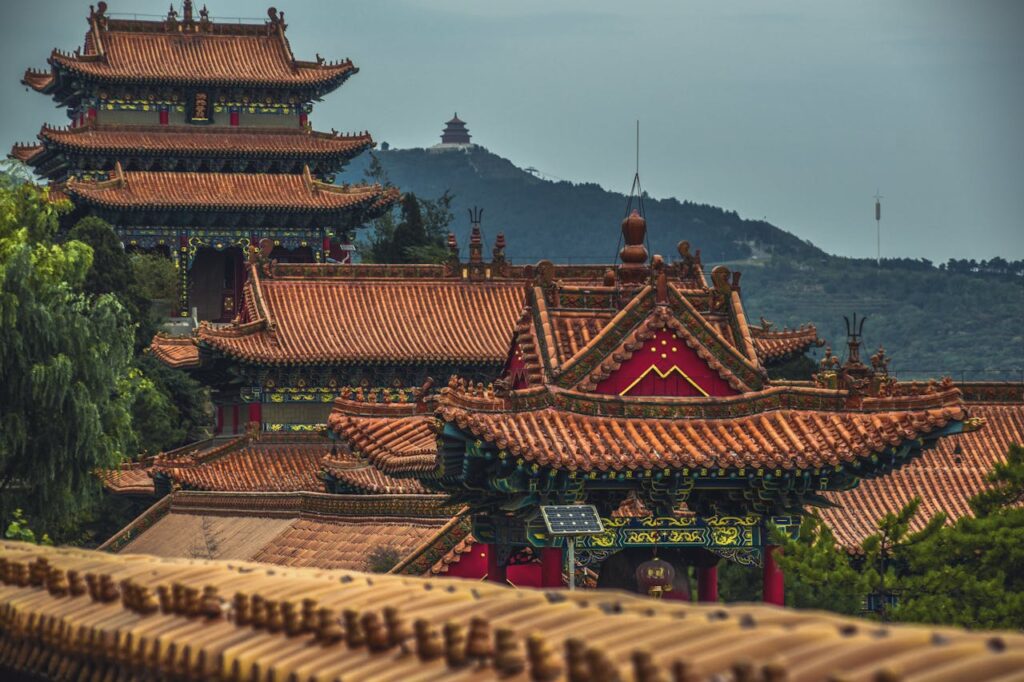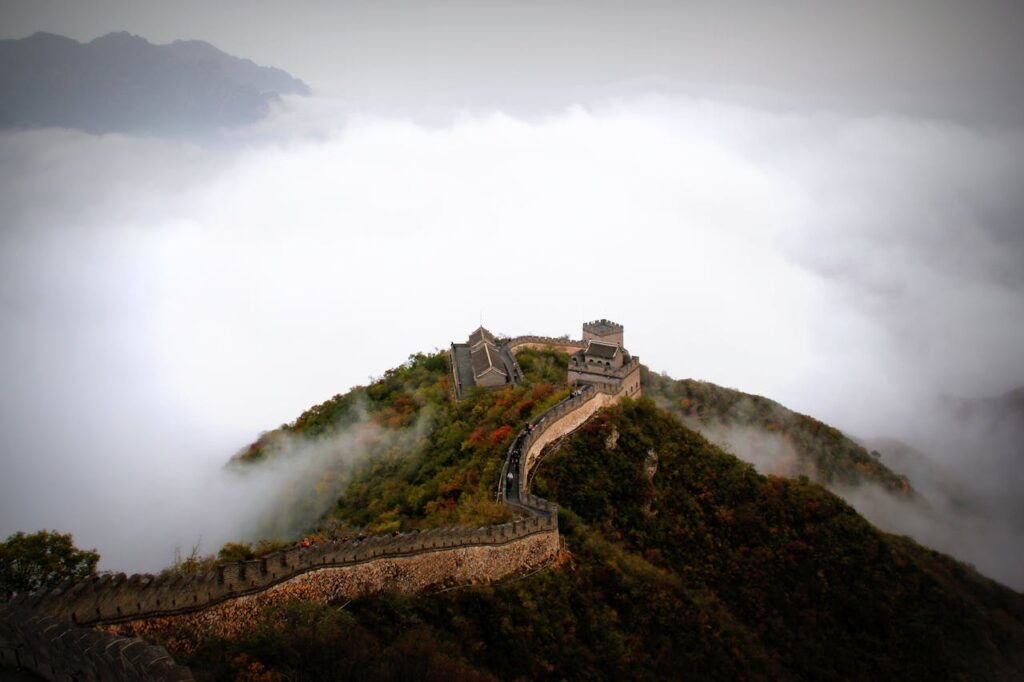Chengdu, the capital of Sichuan Province in China, is a city known for its rich cultural heritage, vibrant culinary scene, and natural beauty. Often referred to as the “Land of Abundance,” Chengdu offers a blend of historical sites, modern attractions, and unique experiences. The city is also famous for being the home of the giant panda. Here are some of the best places to visit in Chengdu:
Best Places to Visit
1. Chengdu Research Base of Giant Panda Breeding
The Chengdu Research Base of Giant Panda Breeding is one of the most popular attractions in Chengdu. This conservation facility is dedicated to the breeding and research of giant pandas, a symbol of China’s wildlife conservation efforts. Visitors can observe pandas in their naturalistic enclosures, watch them eat bamboo, and learn about the efforts to protect this endangered species. The base also features red pandas, a panda museum, and a panda nursery.
- Key Attractions: Giant pandas, panda nursery.
- Activities: Wildlife observation, educational tours.
- Location: Xindu District, Chengdu.
2. Jinli Ancient Street
Jinli Ancient Street is a charming pedestrian street that offers a glimpse into the traditional culture and architecture of Chengdu. The street is lined with beautifully preserved buildings, shops selling local handicrafts, tea houses, and food stalls offering Sichuan delicacies. Visitors can enjoy traditional performances, try local snacks, and shop for souvenirs. The vibrant atmosphere and historical charm make Jinli a must-visit destination.
- Key Attractions: Traditional architecture, local snacks.
- Activities: Shopping, dining, cultural performances.
- Location: Wuhou District, Chengdu.
3. Wuhou Shrine (Wuhouci)
Wuhou Shrine, also known as the Temple of Marquis Wu, is a historical site dedicated to Zhuge Liang, a famous statesman and military strategist of the Three Kingdoms period. The temple complex includes halls, statues, and ancient trees, as well as a museum showcasing relics from the era. The shrine is an important cultural and historical landmark in Chengdu, offering insights into the city’s rich history and the legacy of the Three Kingdoms.
- Key Attractions: Zhuge Liang’s statue, historical relics.
- Activities: Historical exploration, museum visits.
- Location: Wuhou District, Chengdu.
4. Chengdu People’s Park
Chengdu People’s Park is a popular urban park in the heart of the city, offering a peaceful retreat from the bustling city life. The park features beautiful gardens, pavilions, a large lake, and the famous Heming Tea House. Visitors can take a leisurely stroll, enjoy a boat ride on the lake, or relax with a cup of tea while observing local life. The park is also a great place to experience Chengdu’s tea culture and see locals engaging in traditional activities like tai chi and dancing.
- Key Attractions: Heming Tea House, scenic gardens.
- Activities: Walking, tea drinking, boating.
- Location: Qingyang District, Chengdu.
5. Dujiangyan Irrigation System
The Dujiangyan Irrigation System is an ancient engineering marvel built over 2,000 years ago and is still in use today. Located about 50 kilometers from Chengdu, this UNESCO World Heritage site was designed to control flooding and provide irrigation to the region. Visitors can explore the irrigation system, learn about its history and significance, and enjoy the stunning natural scenery of the surrounding mountains and rivers. The nearby ancient town of Dujiangyan offers additional cultural and historical attractions.
- Key Attractions: Ancient irrigation system, natural scenery.
- Activities: Sightseeing, historical learning.
- Location: Dujiangyan, near Chengdu.
6. Mount Qingcheng
Mount Qingcheng is a famous Taoist mountain located near Chengdu, known for its lush greenery, serene atmosphere, and historical significance. The mountain is home to numerous Taoist temples, including the Jianfu Palace and Tianshi Cave. Visitors can hike the scenic trails, visit the temples, and enjoy panoramic views of the surrounding landscape. Mount Qingcheng is also a UNESCO World Heritage site and a popular destination for those seeking spiritual and natural experiences.
- Key Attractions: Taoist temples, scenic hiking trails.
- Activities: Hiking, temple visits, spiritual exploration.
- Location: Dujiangyan, near Chengdu.
7. Sichuan Opera and Face-Changing Show
Sichuan Opera is a traditional form of Chinese opera known for its unique face-changing technique, where performers change masks in a split second. Visitors to Chengdu can experience this captivating art form at various theaters and teahouses, such as the Shufeng Yayun Teahouse. The performances often include other elements like fire-breathing, acrobatics, and traditional music. Watching a Sichuan Opera show is a cultural highlight of any visit to Chengdu.
- Key Attractions: Face-changing performance, traditional music.
- Activities: Cultural entertainment, tea drinking.
- Location: Various theaters and teahouses in Chengdu.
Summary Table
| Place | Description | Key Attraction | Distance from City Center |
|---|---|---|---|
| Chengdu Research Base of Giant Panda Breeding | Conservation facility for giant pandas | Giant pandas, panda nursery | Xindu District, Chengdu |
| Jinli Ancient Street | Traditional pedestrian street with shops and food | Traditional architecture, local snacks | Wuhou District, Chengdu |
| Wuhou Shrine | Historical site dedicated to Zhuge Liang | Zhuge Liang’s statue, historical relics | Wuhou District, Chengdu |
| Chengdu People’s Park | Urban park with tea houses and gardens | Heming Tea House, scenic gardens | Qingyang District, Chengdu |
| Dujiangyan Irrigation System | Ancient irrigation system and UNESCO site | Irrigation system, natural scenery | Dujiangyan, near Chengdu |
| Mount Qingcheng | Famous Taoist mountain with temples | Taoist temples, hiking trails | Dujiangyan, near Chengdu |
| Sichuan Opera and Face-Changing Show | Traditional opera performance with unique techniques | Face-changing, traditional music | Various theaters, Chengdu |
How to Reach Chengdu
By Plane
Chengdu is served by Chengdu Shuangliu International Airport (CTU), one of the busiest airports in China. The airport offers flights to numerous international and domestic destinations. It is located about 16 kilometers southwest of the city center and is connected by airport shuttle buses, taxis, and the metro.
By Train
Chengdu is a major hub in China’s high-speed rail network. The city has several train stations, including Chengdu Railway Station, Chengdu East Railway Station, and Chengdu South Railway Station. High-speed trains connect Chengdu to major cities across China, including Beijing, Shanghai, and Xi’an.
By Bus
Chengdu has an extensive network of long-distance and local buses. The city is well-connected to other parts of Sichuan Province and neighboring regions by express buses. Major bus stations include Chengdu North Bus Station and Chengdu East Bus Station.
By Metro
Chengdu’s metro system is an efficient and convenient way to travel around the city. The metro lines cover major attractions, shopping districts, and transportation hubs, making it easy to navigate the city.
Best Time to Visit Chengdu
Chengdu has a subtropical monsoon climate with mild and humid weather. The best times to visit are during spring (March to June) and autumn (September to November), when the temperatures are comfortable and the weather is pleasant. Spring offers blooming flowers and vibrant greenery, while autumn provides cooler temperatures and clear skies. Summer (July to August) can be hot and humid, while winter (December to February) is generally mild but can be damp.
Travel Tips
- Local Cuisine: Chengdu is famous for its spicy Sichuan cuisine, known for its bold flavors and use of Sichuan peppercorns. Must-try dishes include hotpot, mapo tofu, kung pao chicken, and dan dan noodles. The city is also known for its street food, such as spicy skewers and dumplings.
- Cultural Insights: Chengdu is a city with a rich cultural heritage and a relaxed lifestyle. Visitors can explore traditional tea houses, ancient temples, and historic streets to experience the local culture. Chengdu is also known for its love of tea and mahjong, which can be observed in parks and tea houses.
- Safety Tips: Chengdu is generally safe for tourists, but it’s important to take standard precautions. Keep personal belongings secure, especially in crowded areas, and be aware of your surroundings. The city’s public transportation is reliable and easy to use, making it convenient to explore.
Itinerary Suggestions
One-Day Trip
- Morning: Start your day with a visit to the Chengdu Research Base of Giant Panda Breeding to see the adorable pandas and learn about conservation efforts. Afterward, head to Jinli Ancient Street for a taste of traditional snacks and shopping.
- Afternoon: Explore the Wuhou Shrine and learn about the history of the Three Kingdoms period. Enjoy a leisurely walk in Chengdu People’s Park and relax with a cup of tea at the Heming Tea House.
- Evening: End your day with a Sichuan Opera and face-changing show at a local teahouse, experiencing the unique cultural performance.
Weekend Getaway
- Day 1: Begin with a visit to the Dujiangyan Irrigation System, exploring the ancient engineering marvel and the surrounding natural scenery. In the afternoon, hike Mount Qingcheng and visit the Taoist temples. Return to Chengdu in the evening and enjoy a hotpot dinner at a local restaurant.
- Day 2: Spend the morning visiting the Chengdu Research Base of Giant Panda Breeding. In the afternoon, explore Jinli Ancient Street and Wuhou Shrine. Conclude your trip with a relaxing visit to a traditional tea house or a local spa.
Chengdu’s unique blend of cultural heritage, culinary delights, and natural beauty makes it a captivating destination in China. Whether you’re exploring its historical sites, enjoying its vibrant food scene, or experiencing its traditional performances, Chengdu offers a rich and memorable experience for all visitors.

